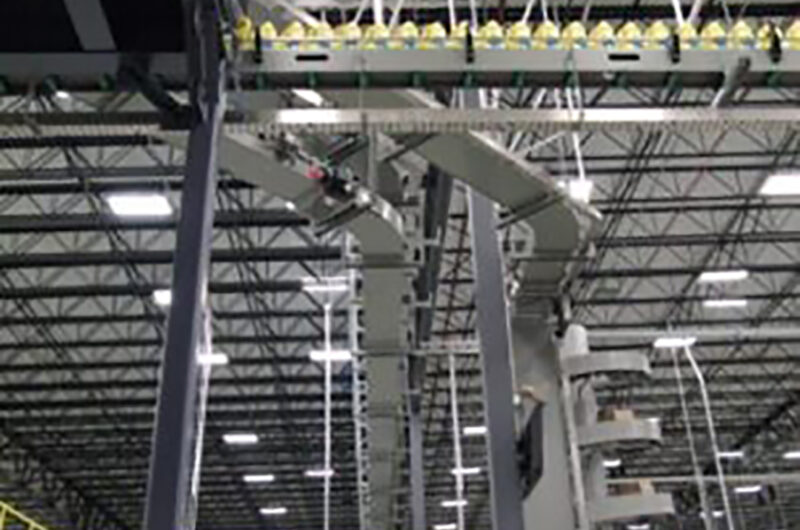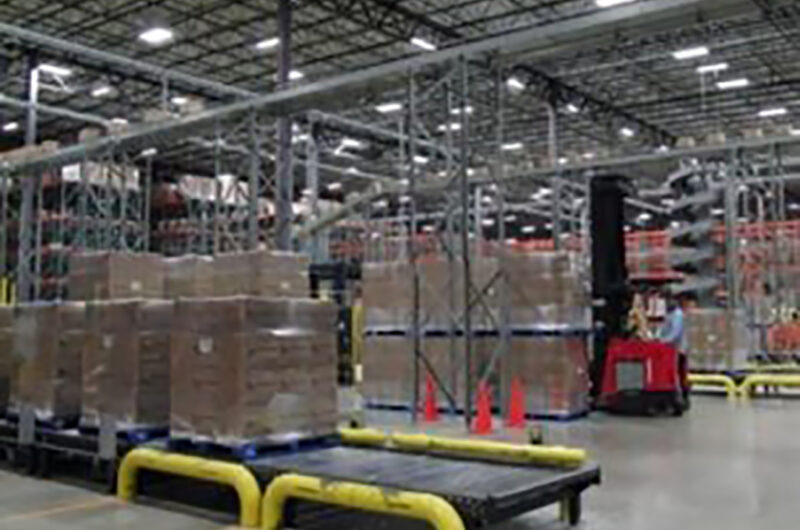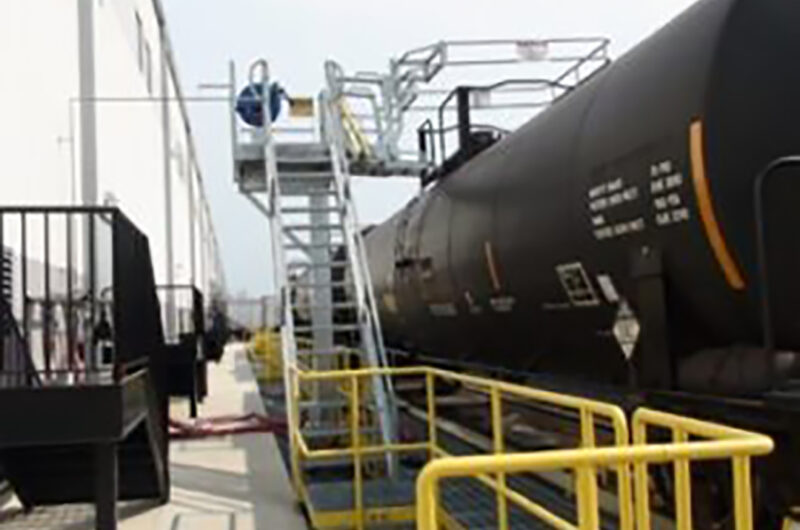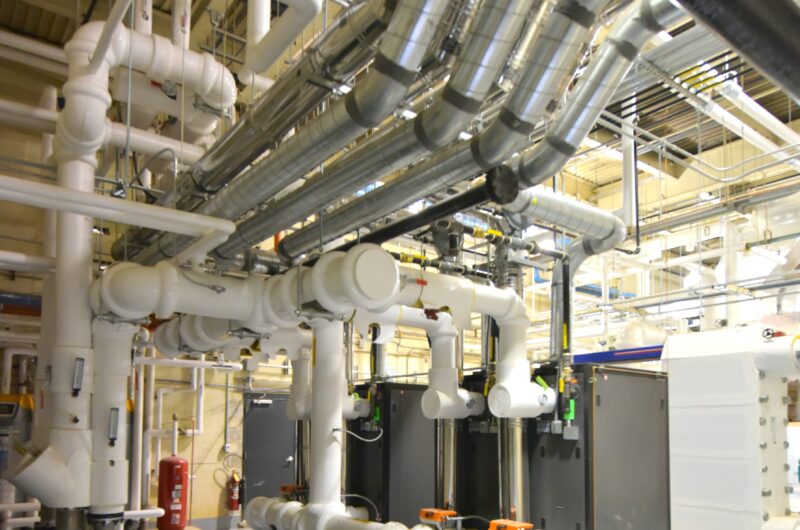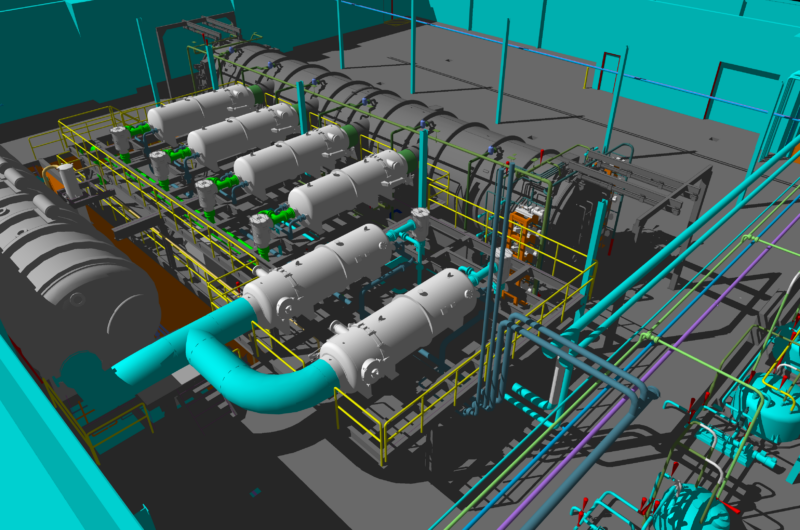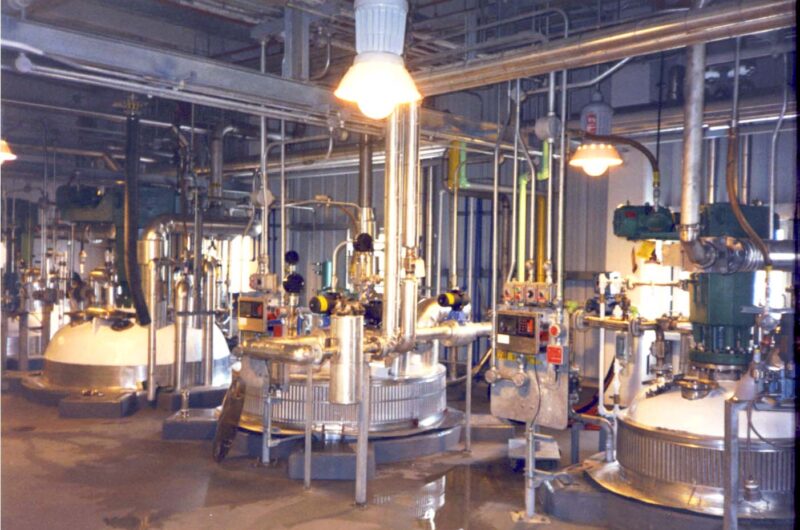EI Associates recently completed the planning, design and equipment procurement for a $12 million new production facility for a major manufacturer of household goods. The facility was installed inside a 600,000 sq.ft. existing manufacturing facility. Re-routing of the rail siding was required along with the design of conveying systems to minimize the creation of dust. Our design covered all material handling aspects of the project from bulk material truck and rail unloading stations, through process mixing and blending, and finally to container filling and palletizing of the finished product. From the development of process flow diagrams through detailed engineering, EI handled all design aspects of this project. Special material handling requirements were addressed due to the extremely friable nature of the raw materials. The nature of the materials restricted the amount of movement which could be performed, resulting in the decision to locate large storage silos within an existing high-bay facility in close proximity to the new process operations. Belt conveyors and bucket elevators were used for all material handling in order to avoid compression and agglomeration. To prevent the escape of fugitive dust, and to avoid contamination of an adjacent liquid-based product manufacturing area, all mixing and blending of the dry solids which was performed through the use of new ribbon blenders was contained within a separate, dust-tight process room. This room is kept under negative pressurization. Process automation and control systems were designed flexibly to address both large and small capacity production campaigns for individual product sub-categories. Due to the combustible dusts created during the process, explosion-resistant dust collection systems were specified. To minimize the costs associated with providing electrical area classification as a result of the addition of alcohol-based fragrances during the process, flammable liquid use within the process room was restricted to code-exempt quantities, while bulk storage of the material was maintained in a separate room.
Central Pennsylvania Dry Solids Production Facility
Confidential Client
Project Type: Renovations and Alterations
Project Area: 600,000 sf
